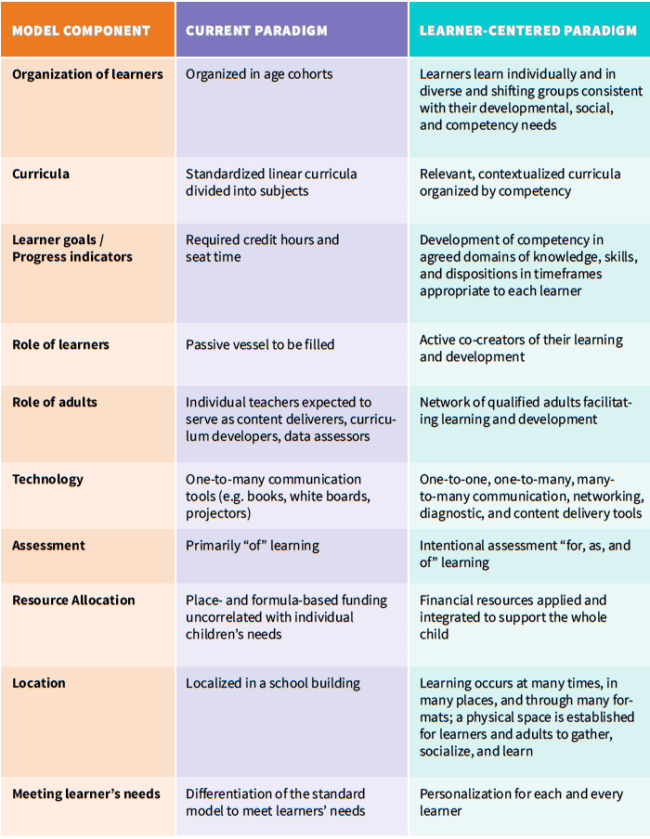Issue 59
November 15, 2018
Jim Coudal
People always ask, "What is your greatest failure?" I always have the same answer—We’re working on it right now, it’s gonna be awesome!
In This Issue
Dear Fellow Learner-Centered Leaders,
It seems intuitive to say that our education system is designed to deliver education to young people. What else could it be designed to do? Well, for one, it could be designed for learning. Or, more explicitly, it could be designed for young people to learn who they are, what their passions are, and how they can make a substantial difference in the world.
Yet, our current system of education is designed for something quite different: the most efficient delivery of education. If we can package things up in a way that will never change year after year, we will reach peak efficiency. What’s wrong with that? If that’s the goal of education, nothing. It just won’t optimize children’s (or adults’) learning and development. Instead, it will effectively deliver a standardized education—which, by definition, will work for some and not for others.
I don’t think anyone is attempting to design a system that only works for “some,” and it’s important for all of us to consider why if no one is intending it, it is still how our current system operates. What is driving how things are?
To start, let’s look at what is hidden in the word “delivered.” It assumes a giver and a receiver, someone who is active and someone who is passive. When we talk about the delivery of education and improving education overall, we often focus on the teaching—a.k.a. the adults. When we focus on the teaching, we ask what can adults deliver to young people? To date, our answer has been a standardized set of knowledge and skills—writing, reading, critical thinking, mathematical reasoning, and by high school, some standard package of content from social studies, history, and science.
While many of the assumptions built into the design of the system are no longer mainstream, they are built into the system and our way of thinking about education.

This is why it’s important for us to acknowledge the paradigm we are operating within. Once we are able to distinguish between what is (e.g. school-centered education) and what we want to create (e.g. learner-centered education), we can see a future where education and learning are focused on every individual and societal thriving.
What is it going to take to make learner-centered education available to all children? Every one of us working together to create a new education system that can deliver the results the current system cannot—all young people, regardless of background or circumstance, thriving and prepared for their futures.
As always, we have another powerful issue of Pioneering that shows what outcomes can be realized in a system designed by and with young people.
Enjoy,
Kelly
